(British music hall song written in 1907 by John Glover-Kind)
First published in Local Reach
Those of you of a certain age may well remember knitted swimming costumes that sagged once they got wet. Whoever thought wool was a good material for swimwear was wrong! Having said that, everyone today would recognise what they were. If you look back at what women were wearing in previous centuries, however, you would probably not believe that their dresses were, indeed, what they wore to go into the sea.
In the 1800’s sea-bathing became increasingly popular for women but modesty was all-important and bathing dresses were designed to cover most of the body. At this time a typical costume would have been a voluminous wool dress worn over bloomers which were named after, but not invented by, Amelia Bloomer. By the end of the century the dresses were shorter and would have been worn over knee-length bloomers with long black stockings and accessorised with bathing slippers and fancy caps.
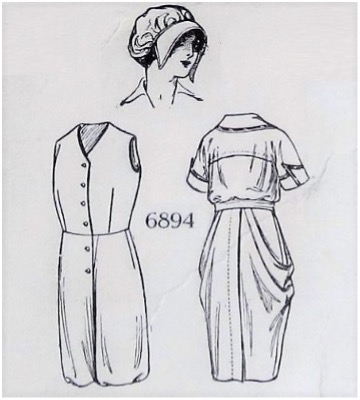
Little changed until the 20th century when a little more of the figure was allowed to be exposed but, as the illustration (left) shows it still looked very much like a dress rather than a bathing costume and it was not until women started taking up swimming as a sport that their swimwear started to become the style we would recognise today.
Going back to the 1800’s, it was common then for men to swim nude and it was only in 1860 that this was banned. Thereafter the design of men’s swimwear was equally constrained by the need for modesty and it was illegal in most places for men to have a bare torso.
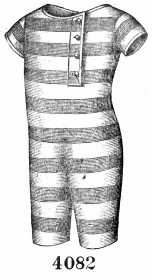
The typical costume resembled an undergarment with sleeves down to the elbow and the legs down to below the knee and was usually made of wool. Some beaches also required men to have an additional piece of fabric covering their genital area. Although the length of the legs and arms became shorter over time, it was not until 1936 that men were allowed to swim bare-chested at the Olympics and 1948 before briefs were allowed.
The development of both men and women’s bathing suits owes much to the use of new materials for which we must be very grateful. No more wet wool!!
Enjoy the summer.
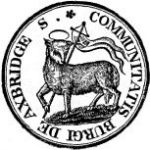
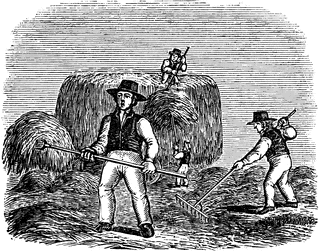
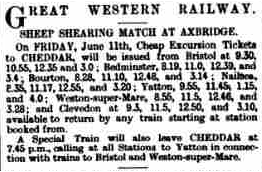
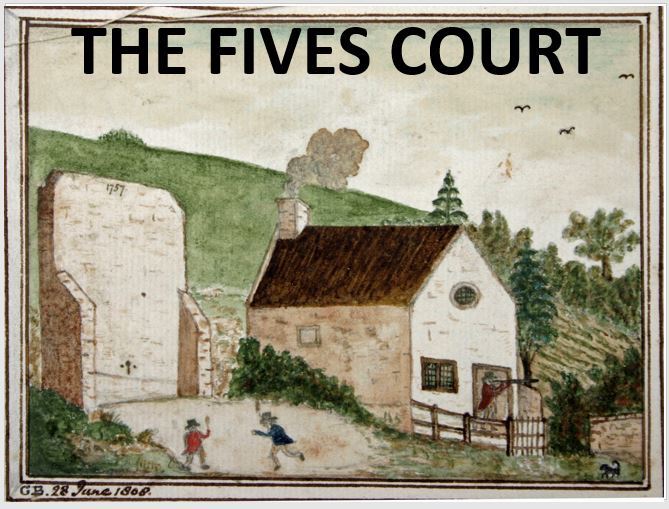


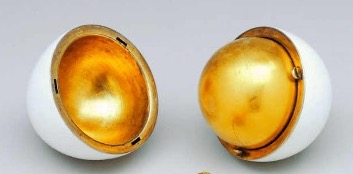

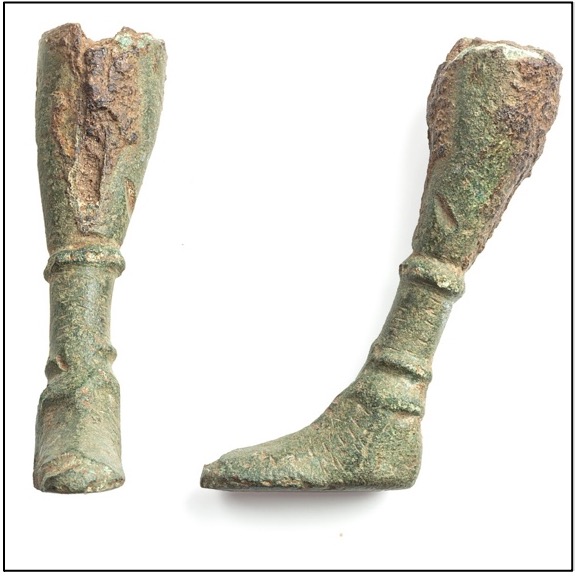
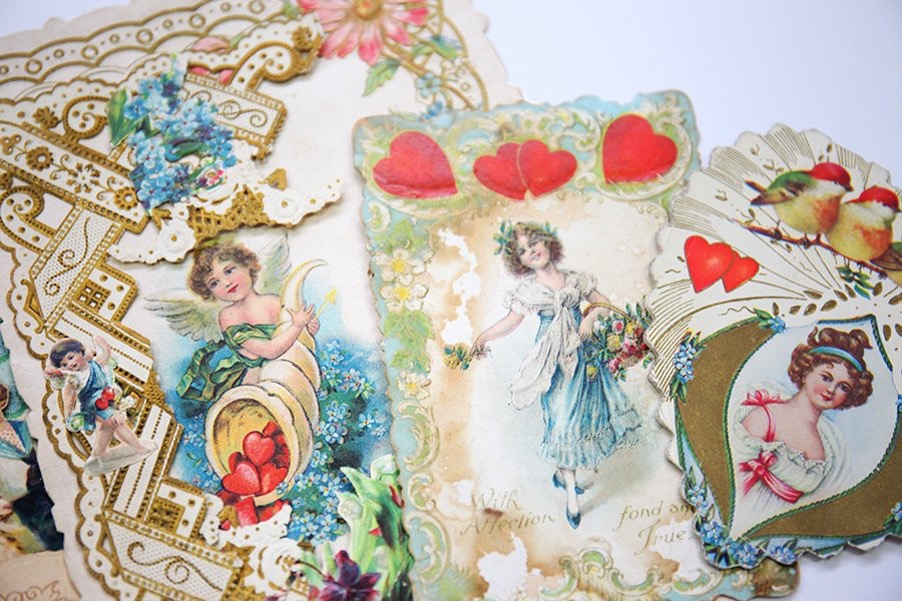
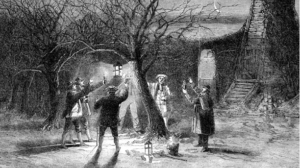 .!” That said, they were not averse to having fun since wassailing traditionally took place on this day and the paper reports that “The custom of wassailing the apple trees is, perhaps, one of the best advertised Somerset and West of England customs — the whole world knows something about placing toast in the forks of apple trees and pouring some of the best cider about the roots to propitiate the fates and thus lead to a good apple bearing season. Of course, there is singing …. and as the Wassail bowl circled around, the good old folk sang one or other of the wassail songs lustily enough to bring luck to both the trees, the owner and his wife and children [and] in some places guns were fired to ward off the evil spirits.” The reason that many people now wassail on 17 January is, of course, because that was the Old Twelfth Night.
.!” That said, they were not averse to having fun since wassailing traditionally took place on this day and the paper reports that “The custom of wassailing the apple trees is, perhaps, one of the best advertised Somerset and West of England customs — the whole world knows something about placing toast in the forks of apple trees and pouring some of the best cider about the roots to propitiate the fates and thus lead to a good apple bearing season. Of course, there is singing …. and as the Wassail bowl circled around, the good old folk sang one or other of the wassail songs lustily enough to bring luck to both the trees, the owner and his wife and children [and] in some places guns were fired to ward off the evil spirits.” The reason that many people now wassail on 17 January is, of course, because that was the Old Twelfth Night.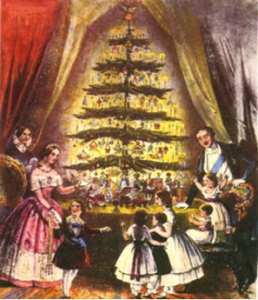 Windsor Castle: The Christmas holidays were observed at court with princely festivity. The royal table on Christmas night was laden with a magnificent display of viands, set out with taste and splendour. The baron beef was there in all its glory, as well as the boar’s head, crested with bays and rosemary; and the sideboards were surmounted with stately Christmas trees, glittering with pendant bon bons.
Windsor Castle: The Christmas holidays were observed at court with princely festivity. The royal table on Christmas night was laden with a magnificent display of viands, set out with taste and splendour. The baron beef was there in all its glory, as well as the boar’s head, crested with bays and rosemary; and the sideboards were surmounted with stately Christmas trees, glittering with pendant bon bons.